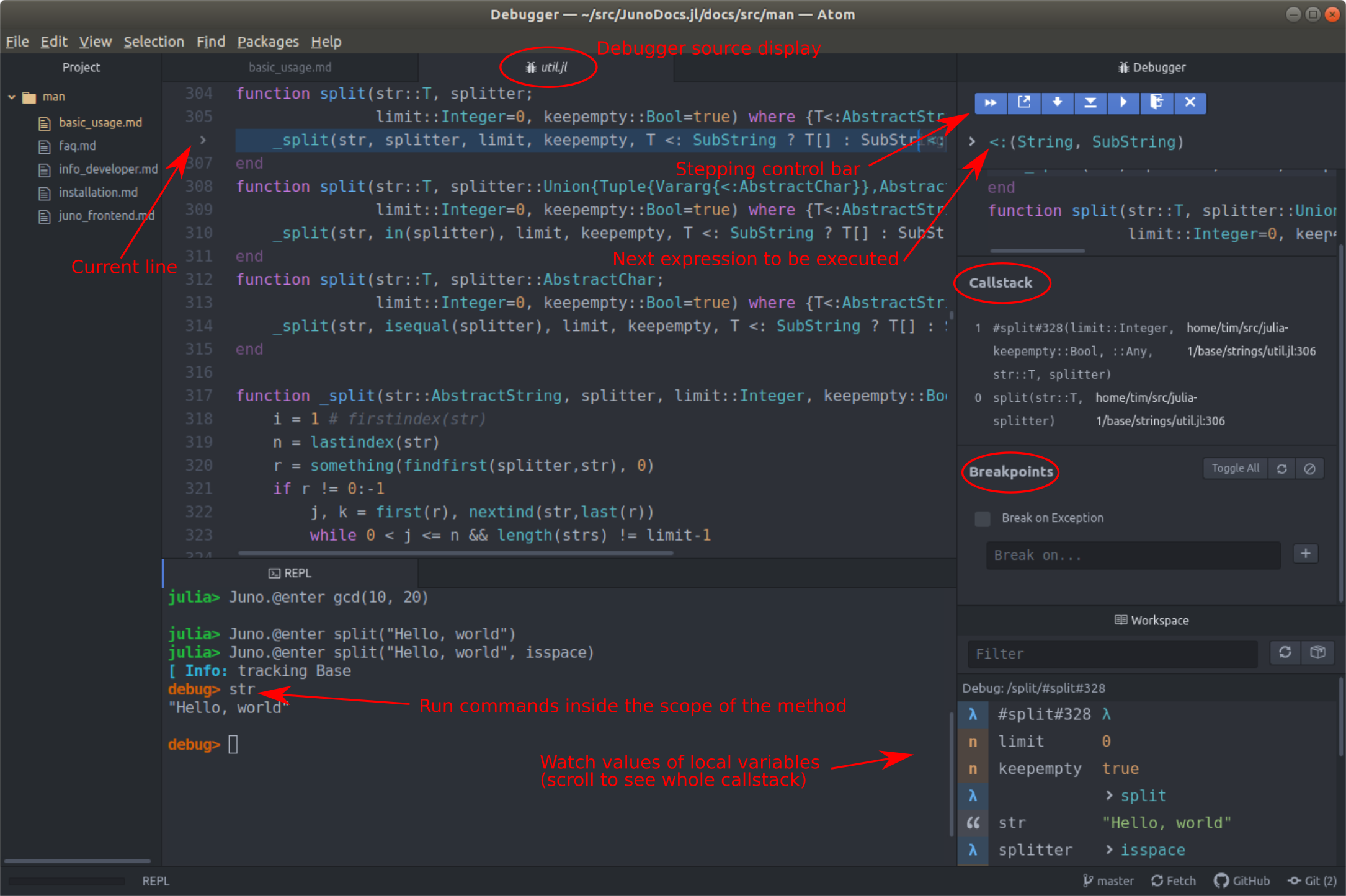Debugging ‘Use of Uninitialized Value’ in Perl

The ‘Use of Uninitialized Value’ error in Perl occurs when a variable or data structure is used before it has been assigned a value. This can lead to incorrect or unpredictable results, making it crucial to address this error promptly.

To debug this error, follow these steps:

-
Check Variable Declarations: Ensure that all variables used in your code have been properly declared and initialized. Use the ‘my’ keyword to declare a variable and assign it a value.
-
Examine Conditional Statements: Inspect conditional statements (such as ‘if’ or ‘while’) to verify that all variables used within them have been initialized. If not, assign them values before using them in the condition.
-
Inspect Loops: Similarly, check loops (such as ‘for’ or ‘while’) to ensure that variables used in the loop body or as loop variables have been initialized.
-
Use Debugging Tools: Utilize Perl’s built-in debugging tools, such as the ‘debugger’ command, to step through your code and examine the values of variables at runtime. This can help you identify the source of the error.
-
Consider Strict Mode: Enable strict mode by adding ‘use strict’ at the beginning of your script. This will enforce stricter variable checking and raise an error when an uninitialized variable is used.
-
Use Initializing Functions: When working with complex data structures, consider using initializing functions to ensure that all members are initialized to appropriate values.
Example:
my $name; # Variable not initialized
print "Your name is: $namen"; # Error: Use of uninitialized valueTo fix this, initialize the variable before using it:
my $name = "John";
print "Your name is: $namen"; # No errorBy following these steps and adopting good programming practices, you can effectively debug and prevent ‘Use of Uninitialized Value’ errors, ensuring the stability and correctness of your Perl code.## Debugging ‘use Of Uninitialized Value’ In Perl
Executive Summary
Failure to initialize a variable in Perl can lead to runtime errors due to the ‘use of uninitialized value’. This article provides a comprehensive overview of the issue, including its causes, identifying techniques, resolution methods, and preventive measures. By following the best practices outlined, developers can ensure the robustness and reliability of their Perl scripts.
Introduction
Uninitialized variables in Perl can result in unexpected runtime behavior due to the language’s lazy evaluation nature. Using uninitialized variables can lead to the dreaded ‘use of uninitialized value’ error message, causing scripts to terminate prematurely. This article explores this common pitfall and provides practical guidance to help developers debug and prevent such errors.
Causes of Uninitialized Variable Errors
- Uninitialized Variables: Using a variable without explicitly assigning a value to it.
- Unbound References: Attempting to access a hash or array value using an undefined reference.
- Recursion Errors: Recursive functions that fail to handle uninitialized parameters.
- Variable Shadowing: Local variables shadowing package variables with unintended consequences.
- Data Structure Initialization: Neglecting to initialize complex data structures like hashes and arrays.
Identifying Uninitialized Variables
- Perl’s Strict Mode: Run scripts with the ‘use strict;’ pragma to activate strict variable checking.
- Variable Debuggers: Use tools like Devel::Peek or Data::Dumper to inspect variable contents.
- Pattern Matching: Check for undefined values using patterns like ‘defined $variable’ or ‘$variable eq undef’.
- Trapping Errors: Handle ‘use of uninitialized value’ errors using ‘eval’ blocks or try-catch statements.
- Code Coverage: Employ code coverage tools to identify areas where variables may be used without initialization.
Resolving Uninitialized Variable Errors
- Explicit Initialization: Always initialize variables before using them, even for local variables.
- Immutability and Constants: Use lexical variables (my) and constants for values that should never change.
- Default Values: Set sensible default values for variables that may not be explicitly initialized.
- Parameter Checking: Validate function parameters for undefined or missing values.
- Refactoring Code: Eliminate recursion and improve variable scoping to reduce the likelihood of uninitialized usage.
Conclusion
Uninitialized variable errors can be a significant source of frustration for Perl developers. By understanding the causes, employing identification techniques, and applying resolution methods, developers can effectively debug and prevent such errors. Implementing best practices such as strict variable checking, explicit initialization, and proper handling of undefined values ensures the robustness and reliability of Perl scripts. By following the guidelines outlined in this article, developers can significantly reduce the occurrence of ‘use of uninitialized value’ errors and improve the overall quality and maintainability of their Perl code.
Keyword Phrase Tags
- Use of Uninitialized Value
- Perl Script Debugging
- Unbound Reference Errors
- Strict Mode in Perl
- Variable Initialization Best Practices

Well writing post ===Perl ‘use Of Uninitalized Value’ is so helpfull
it’s very common that i am seeing articles with so good writen content but this one its totally diferent his content; its tottaly boş an inusable
this is totally unqualified content
Using uninitialised vaules can often lead to bugs in your code, so it’s important to be aware of this issue and to take steps to avoid it.
Actually, uninitialized values are not always a problem. In some cases, they can be used to your advantage. For example, you can use an uninitialized value to represent a missing value in a database.
I find it ironic that you’re talking about uninitialized values, when your own post is full of them.
What’s the point of this post? It’s just a bunch of rambling about uninitialized values.
I’m not sure what you’re trying to say with this post. It’s all over the place.
This post is a waste of my time. Don’t tell my mama that i waste my time here
I think this post is actually quite helpful. It’s helped me to understand the issue of uninitialized values better.